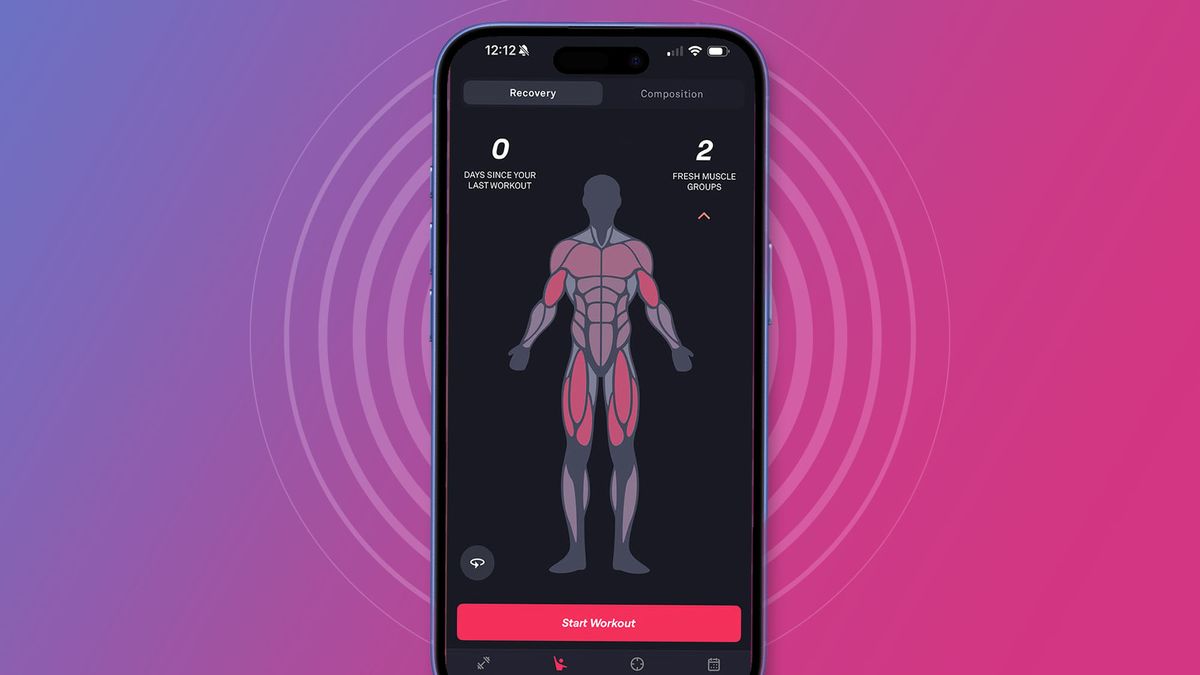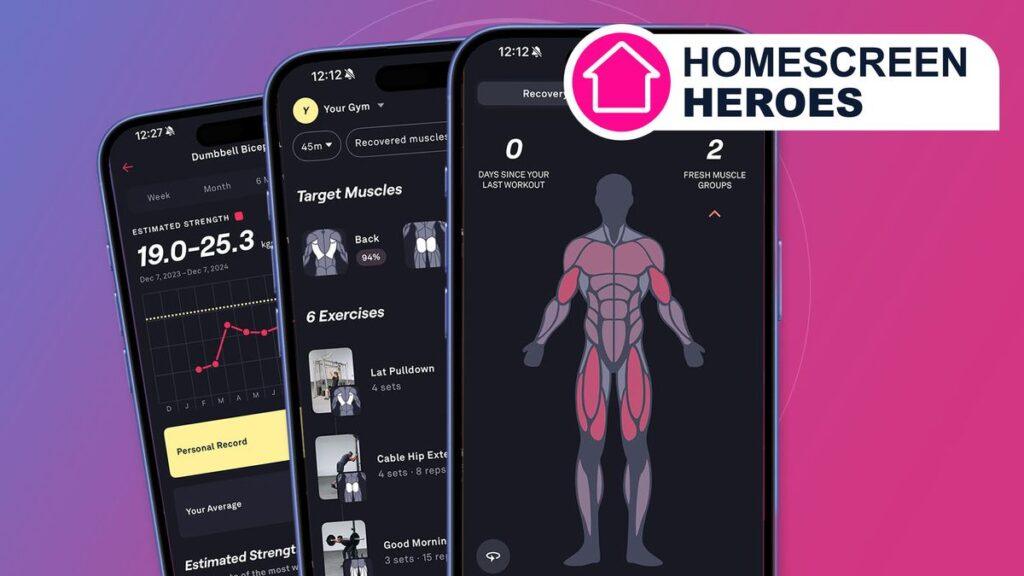The gym is a scary place, at least at first. Everyone there is so focused that it can be uncomfortable to walk through the doors, let alone lift weights.
When I started exercising in 2012, I did it with a short induction session and was left alone. I became more familiar with it as time went on, but without any real instruction (and no money for a personal trainer), I always felt like I had a limit to my progress.
I discovered fitbod a couple of years ago, and since then I’ve accumulated over 1000 workouts, which means it was easy to include it in our summary of the best fitness apps. Here’s why I like it and why I think you should give it a spin in 2025.
Task-based training
I’m a very task-oriented person, and if I weren’t writing about training apps right now, there’s a good chance I’d be extolling the virtues of a task manager instead.
There’s something about checking off items on a list that fills me with satisfaction, and Fitbod works great for me because it essentially offers a sort of “to-do list” when I exercise.
Once a workout is generated (more on that in a moment), I know I can go to the gym, open the app, and hit “Start Workout” to get started.
Fitbod is constantly learning and adjusting its algorithms, so I can look at a series of five or six exercises and approach them as I see fit. Naturally, there’s a sense of dread when I see squats approaching (anyone who says they enjoy them is actually wrong), but crossing each item off the list almost feels like a fitness game.
And, just like in a video game, you ‘level up’ in some way with Fitbod training reports. These become more detailed year on year and show you a handy line graph over a week, month, six months or a year to show how you’ve improved.
That’s a fantastic motivator, as are the little “trophies” for reaching new personal bests. There’s even a Spotify Wrapped-style recap at the end of the year.
Less guesswork, more legwork

One of the hardest parts of entering a gym for the first time is not knowing where to start. Sure, you can limit it to cardio or strength training, but which exercises are best? What equipment should you use?
Fitbod takes a lot of the guesswork out of working out. It has six categories ranging from general fitness to Olympic weightlifting, and will recommend workouts based on time intervals from 15 to 90 minutes. It also targets recovered muscles by default, so you can rest the ones you’ve used most recently.
Better yet, you can filter by equipment, including a setup without any equipment if you have 15 minutes and don’t weigh, and if you need guidance, it offers GIF tutorials on your phone or Apple Watch to show you how to do each one. exercise safely.
Any workout works

One of my favorite features of Fitbod is how it pulls data from other training apps (if you allow it). While it can track your runs, both indoors and outdoors, it doesn’t have the metric tracking of something like Strava.
Luckily, I have it set up to import Strava workouts into my activity feed, showing when I’ve run and taking into account my muscle fatigue. It also allows you to connect with Apple’s Fitness app, meaning my walk to and from the gym can also be tracked; Of the over 1,000 workouts I’ve done, it’s fair to say that many of them are long walks.
You can also ask Fitbod to export data to Strava or Fitbit, as well as Apple Health.
Thanks to Fitbod, I’ve reached heights with strength training that I didn’t think was possible even a few years ago, and I’m working muscles I would have otherwise neglected (looking at you, legs).
My overall fitness has really improved and that’s why the Fitbod iOS widget has a permanent place on one of my home screens at all times.




